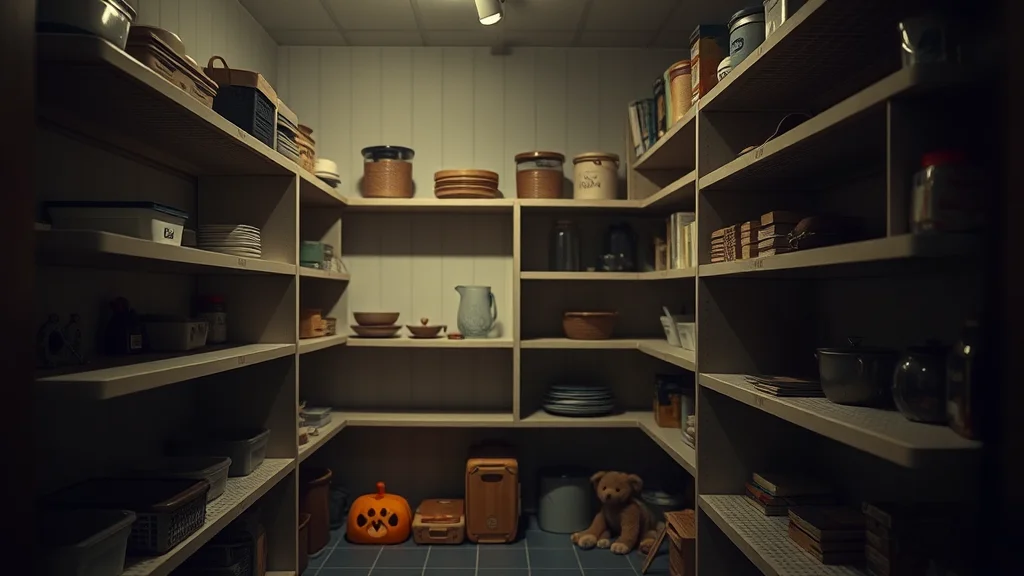
In 2024, 13.6% of children under the age of 16 in the EU were materially deprived. Child specific material deprivation is based on the inability to afford at least 3 out of 17 items (goods or services) considered necessary or desirable for people to have an 'acceptable' standard of living.
The highest rates of children who faced material deprivation were registered in Greece (33.6%), Romania (31.8%) and Spain (20.5%). In contrast, the lowest rates were recorded in Croatia (2.7%), Slovenia (3.8%) and Sweden (5.6%).

Source dataset: ilc_chmd03
Parents’ educational level affects the material deprivation rate. Only 5.6% of children whose parents had tertiary education faced material deprivation, compared with 39.1% of children whose parents had at most a lower secondary education.
The highest shares of children of lower-educated parents that faced material deprivation were recorded in Slovakia (88.6%), Bulgaria (84.1%) and Greece (77.2%). By contrast, the lowest rates were registered in Poland (9.1%), Luxembourg (9.2%) and Sweden (12.2%).

Source dataset: ilc_chmd03
Among households where parents had tertiary education, the highest rates of child material deprivation were recorded in Greece (17.6%), Spain (11.6%) and Bulgaria (8.1%). The lowest rates were recorded in Slovenia (0.6%), Croatia (0.7%) and Czechia (0.8%).
Source: Eurostat, https://ec.europa.eu/eurostat/product?code=ddn-20250613-2